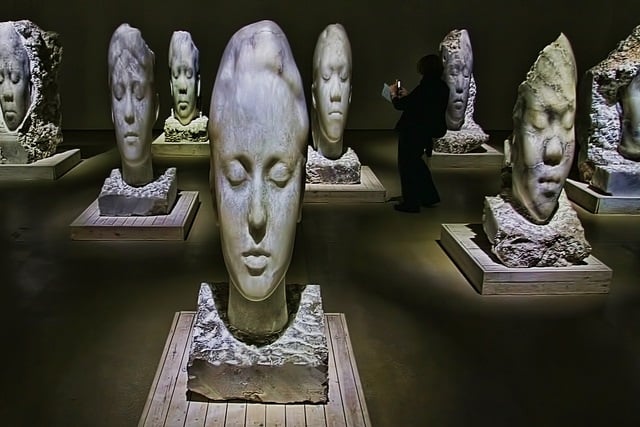Art & Exhibitions
What Makes a Good Museum, Exactly?


Eileen Kinsella

“What Makes a Good Museum?” Great question.
In a post on “The Conversation,” a blog funded by a consortium of British universities, Amy Jane Barnes, a research associate of museum and heritage studies at the University of Leicester explores the issue. She points out that the UK’s annual Museum of the Year Prize, run by the Museum Prize Trust and sponsored since 2008 by the Art Fund, selected the Yorkshire Sculpture Park, from a shortlist of six, as the winner, on July 9. The aim of the prize is to highlight the role of museums in society, to encourage more people to visit, and recognize the best exhibiting institutions in the UK.
Barnes opines that what makes a good museum includes preparedness to take risks, to remain intellectually and physically accessible while challenging audiences, and presentation of different views and ideas as well as avoiding neutrality. “Or rather, refrain from perpetuating the myth that the museum (and knowledge) is objective—we know it’s not.” Museums that have these characteristics are “inspiring.” They will also act “as catalysts for community cohesion and regeneration and be places where social issues can be publicly explored.”
The Yorkshire Sculpture Park was highlighted by the five-judge panel for “engaging new audiences and providing a unique art experience for hard-to-reach groups. In addition to a $171,000 (£100,000) cash prize, the park will benefit from an enhanced profile and wider public recognition.
The shortlist also included: The Ditching Museum of Art + Craft in East Sussex; the Hayward Gallery on London’s Southbank; the Mary Rose Museum in Portsmouth; the Sainsbury Centre for the Visual Arts, in Norwich; and the the oldest part of Tate Britain, which was restructured to bring nine galleries up to contemporary standards and now includes a chronological display of British art.